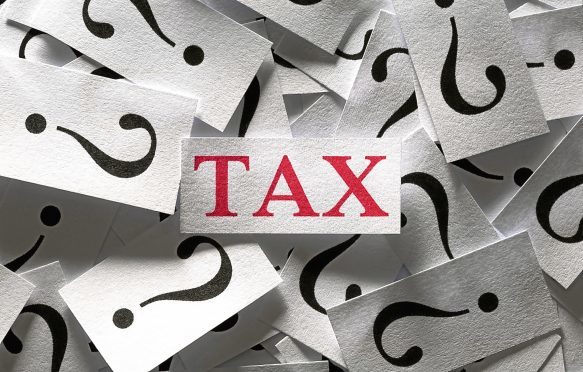As the saying goes, nothing in life is certain but death and taxes.
Really? Death I get – there’s no one I know who doesn’t expect to die at least once – but in terms of taxes I’d beg to differ.
We all pay some tax, of course, so the saying holds true in that sense but I’d like to argue the case that what you have to pay is definitely not certain.
According to the Adam Smith Institute, tax freedom day in the UK this year was June 12 – meaning we effectively spent the first 160 days of 2017 just paying tax, which amounts to 44% of the whole year.
This includes all taxes, like income and capital gains tax, but also VAT and the sums paid by companies and people buying homes.
How then can you make your tax freedom day come sooner? Easy – by paying less tax.
Let me give you some ideas on how to do that.
The key is to use all the allowances and exemptions that the taxman offers you. Some of these happen automatically.
Your first £11,500 of income, first £1,000 of interest and the first £5,000 of dividends you receive are all tax free. But after that you have to start planning to pay less tax.
An easy step is to shelter savings and investments from tax by using as individual savings account (Isa).
If you are married, then you might find that your spouse has some tax-free “space” you can use.
Making pension contributions is a very efficient way of paying less tax both now and in the future, especially if you are a higher earner who may lose out on child benefit – those on annual income between £50,000 and £60,000 – or on their personal allowance (income between £100,000 and £123,000).
If you own shares or investment funds and can’t get them all into Isas, which have a limit of £20,000 per person this tax year, then careful planning of selling and buying investments can save a lot of tax in the long run.
When you sell investments for a profit you are tested for capital gains tax, for which the first £11,300 of gain is currently tax-free. If the value of your investments goes up by £11,300 and you sell them and then reinvest the money in something different, you pay no tax.
If you wait 12 months and make another £11,300, you will still only get one year’s worth of exemption – so will lose out on a year’s tax-free money.
For higher-rate taxpayers, the same delay would cost them £4,520 in avoidable tax.
My advice on bringing forward your tax freedom day is don’t be a voluntary taxpayer and pay only what you must.
